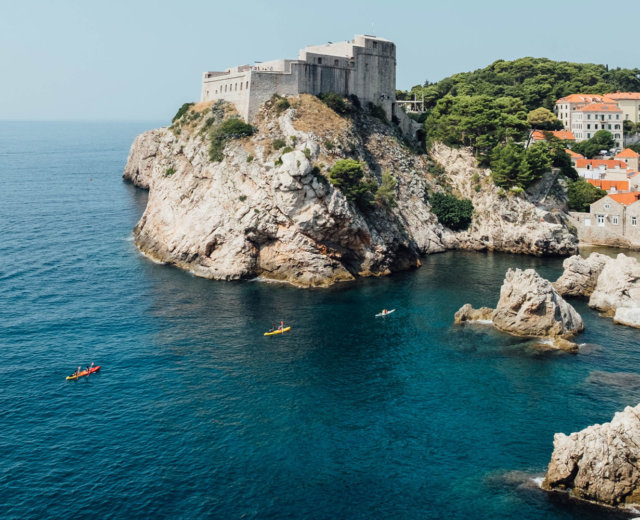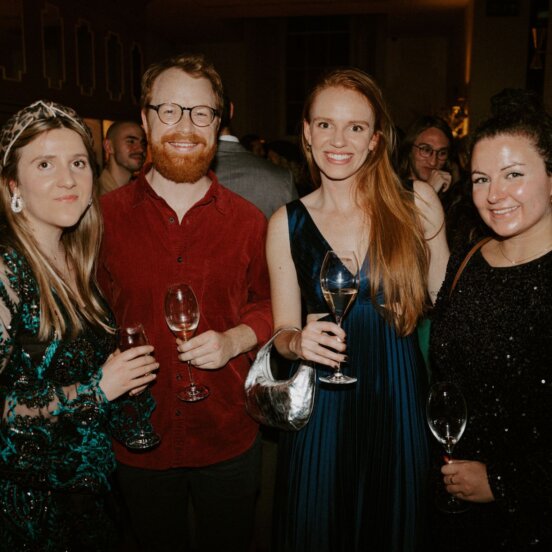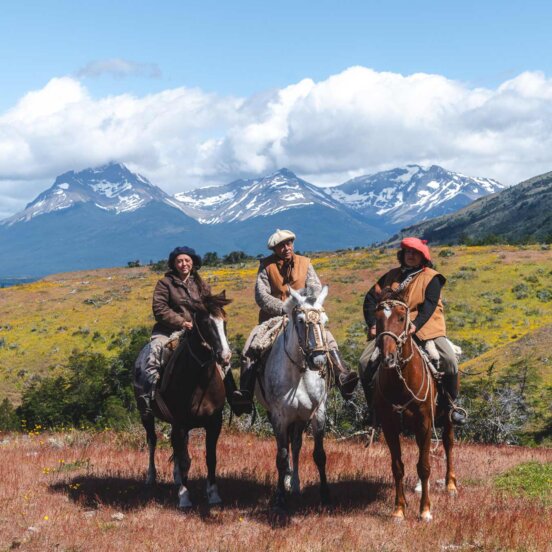Guts and glory: Photographer Nima Taradji on capturing Mexico’s Lucha Libre wrestlers
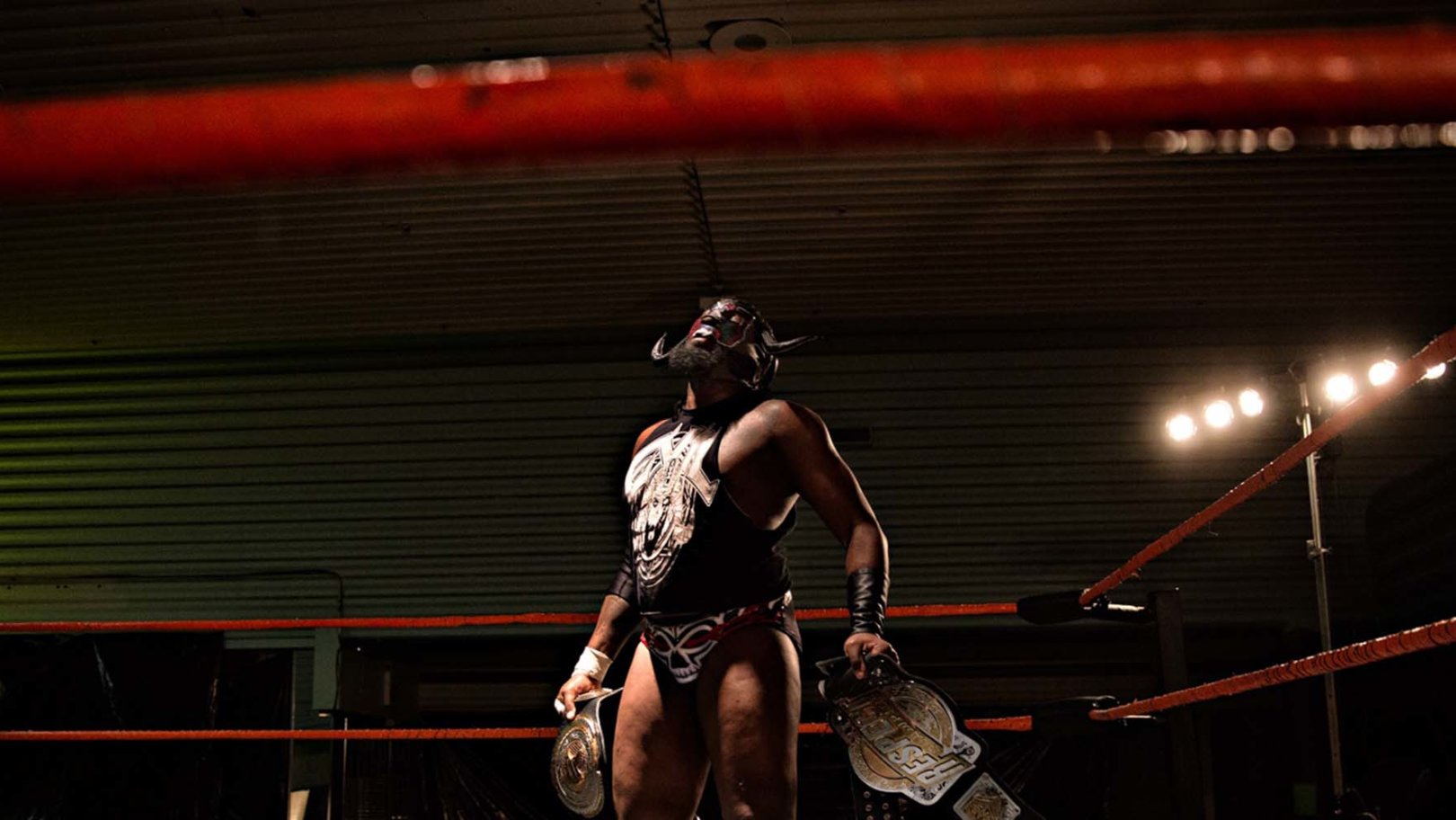
In 2015, I started work on a personal project focusing on Lucha Libre, Mexico’s ebullient wrestling spectacle that plays out as an epic battle of good versus evil. Pilsen, the Chicago neighborhood where I live, has a large Latino community. Although Mexico City is the true heart of Lucha Libre, weekly matches also take place in my hometown, in the nearby suburb of Villa Park, so I’ve always been drawn to it.
Lucha Libre is very much a working-class tradition and its elaborate storylines depict a blue-collar struggle for justice. In real life, that justice is often non-existent; in the fantastical world of the ring in Mexico, it happens on a regular basis.
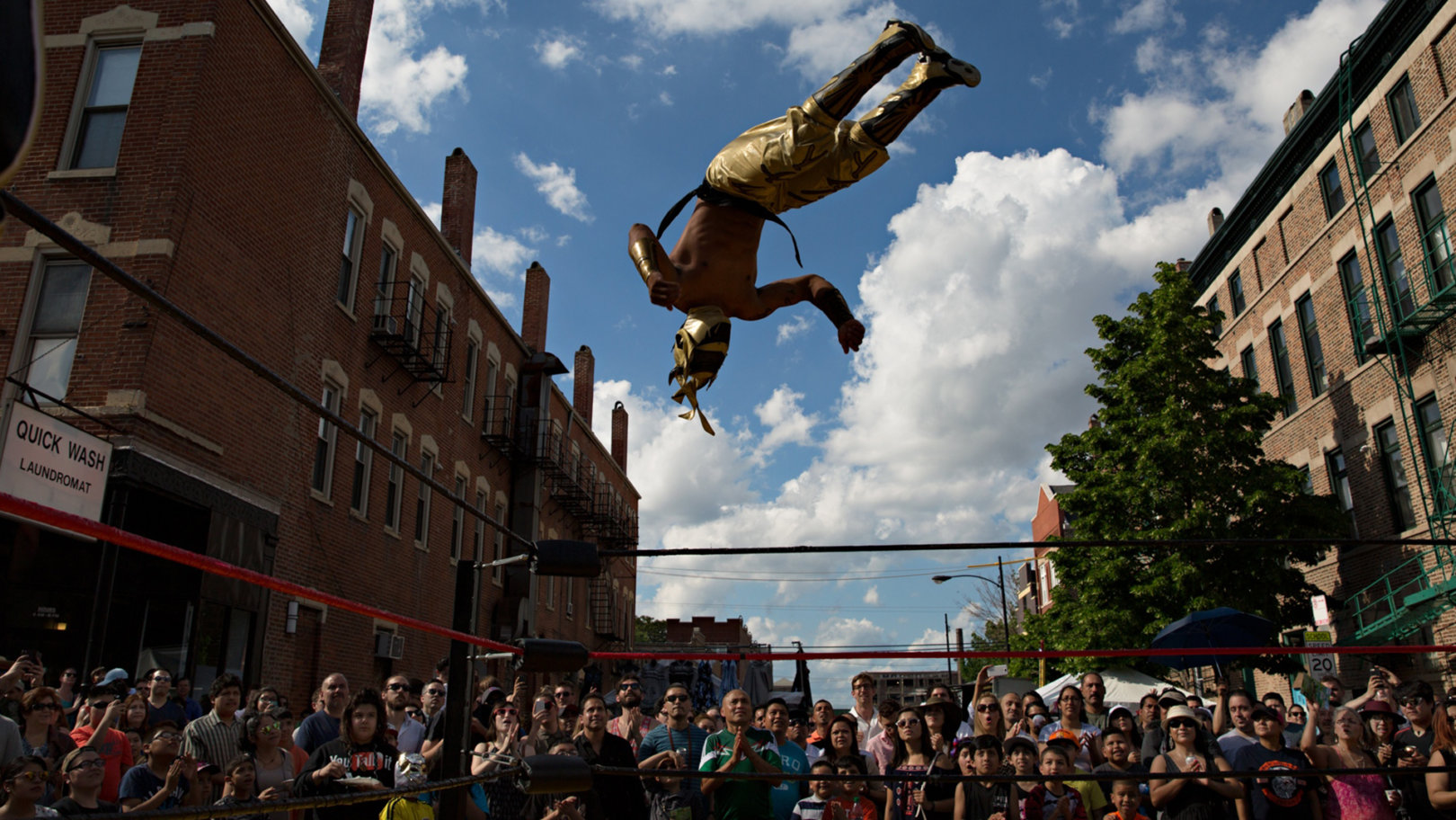
Lucha Libre is a bit like a soap opera
The luchadores (wrestlers) gave me the privilege of entering their world. In my role of photographer, I became a sideline observer to a series of flamboyant and chaotic clashes. Even the prologue stage of a Lucha Libre fight is highly theatrical. Great care is taken for contestants to make their entrance with a suitable amount of panache and defiance. The voodoo dance and smoke of American pro wrestler, Mojo McQueen, is his trademark, for example.
Usually, there’s a lot of flashing lights as the Good (Tecnicos) and Evil (Rudos) characters enter amid huge fanfare and remove their capes. Since religion is such a core part of Lucha Libre, the wrestlers will often kneel in the middle of the stage and pray to God. Often, they’ll share their back stories with the audience, too. It’s a bit like a soap opera, with past grudges and defeats brought to light.
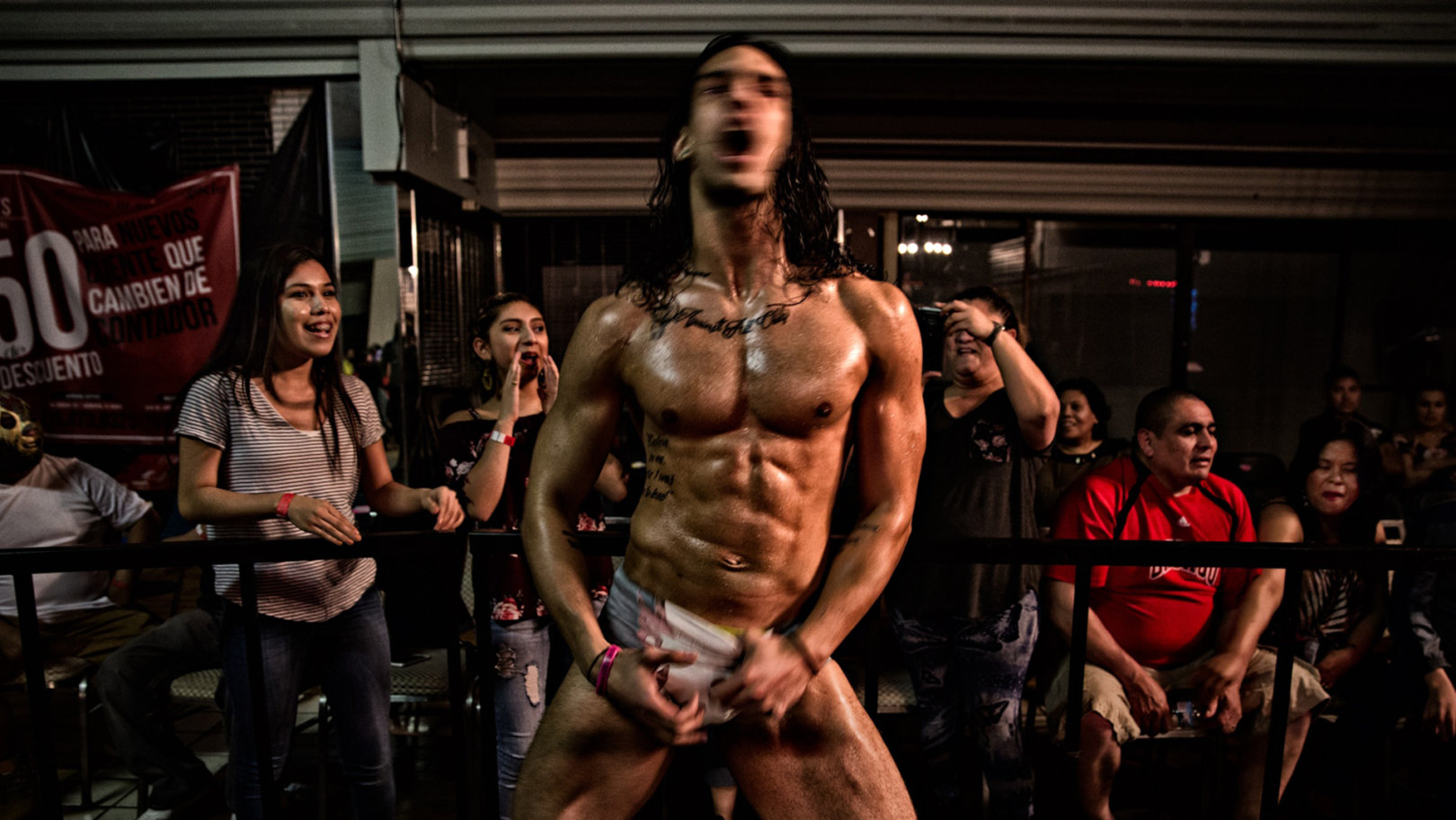
Spectators are expected to interact with the luchadores
There’s pent-up energy and excitement driven by the crowd. It’s unfathomable to have a Lucha match with no spectators, because audience participation is a key part of the theater.
Spectators are expected to interact with the luchadores and express their enthusiasm or disapproval as loudly as possible – shouting insults, booing and generally partaking in this extravagant back and forth. The crowd might shout obscenities or ridicule the Rudos character, who in turn will insult them and get into verbal altercations with various onlookers.
Contestants may also consult the audience on what to do at various points in the fight, asking “Should I punch him? Should I bang his head?” The shout “Pineda” is often heard when suggestions are wanted.
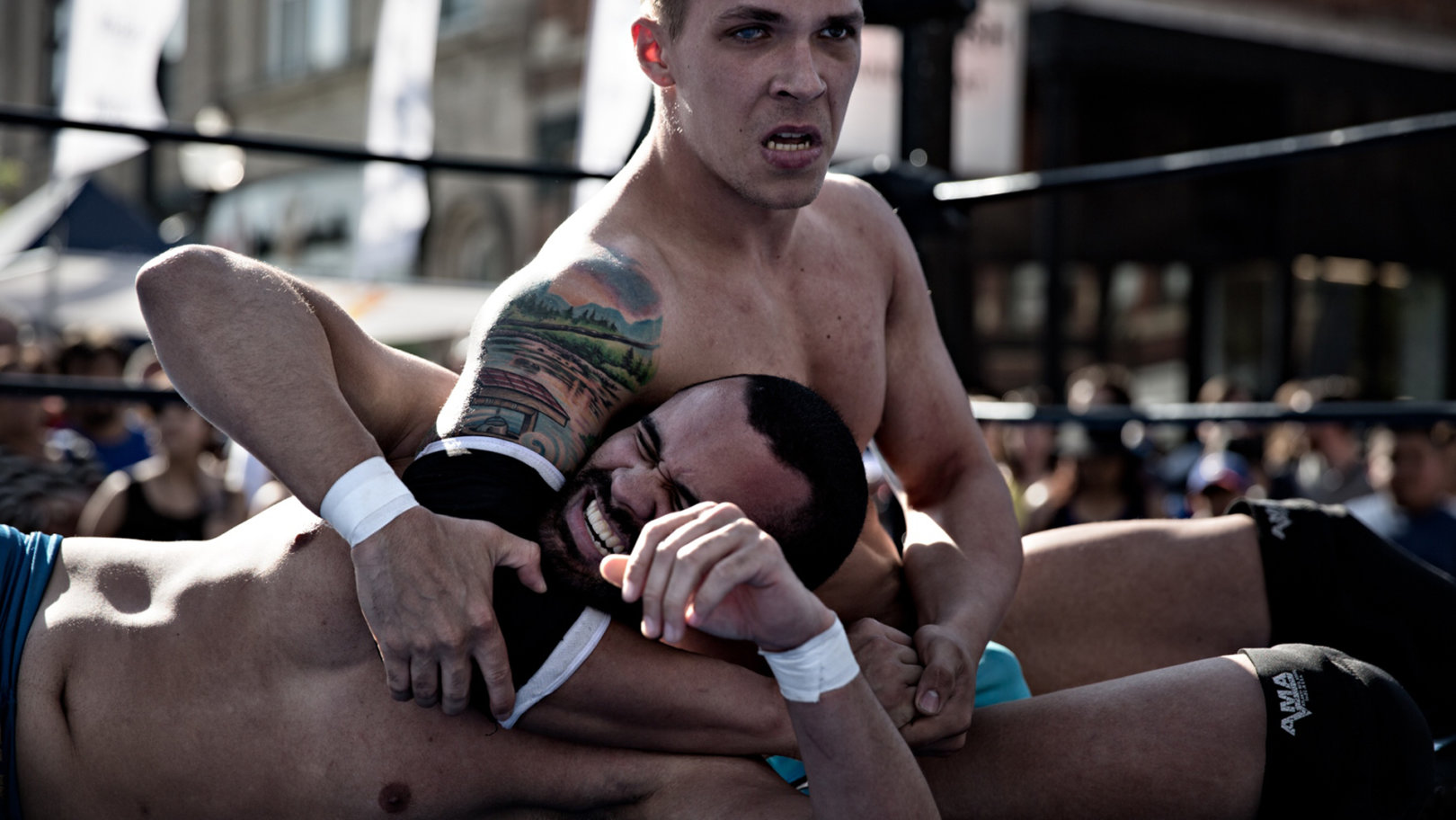
Evil ‘Rudos’ characters are known for being anarchic and rebellious
Once underway, a Lucha Libre match is extremely aerobatic. You have 16-stone wrestlers jumping around and flying through the air. It’s very impressive to watch. It’s also dicey. As a photographer so close to the action, I learnt to move quickly and figured out where not to be.
While many elements of Lucha Libre wrestling are choreographed, it can also be highly unpredictable once the action gets rolling, especially if you’re caught in the fray. This is a showdown in which rules are really just suggestions, and the Rudos are known for being anarchic and rebellious.
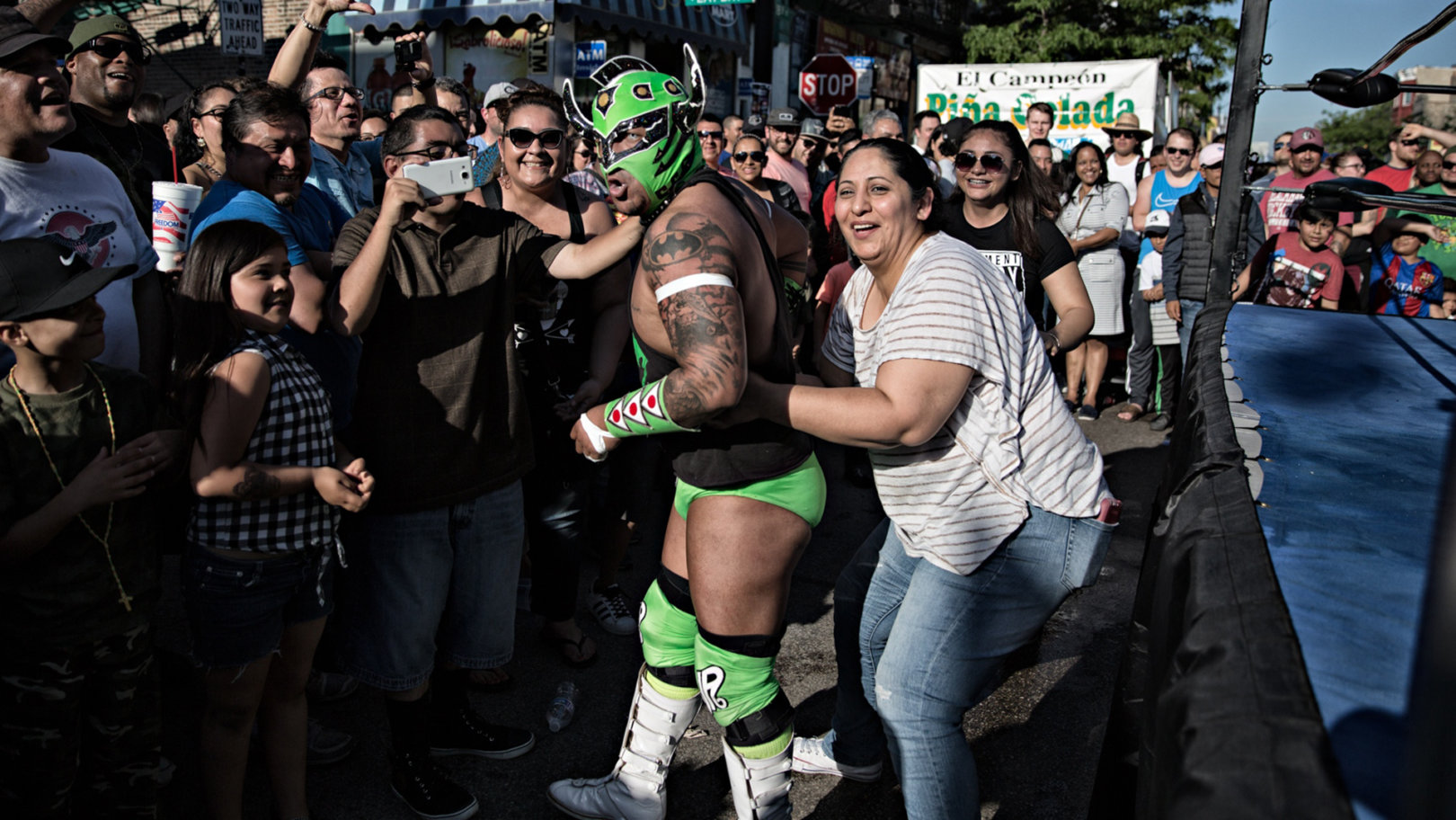
The wrestling often spills out into the audience
I’ve been at fights before where chairs have been thrown through the air, someone jumps into the ring illegally or the wrestling spills out into the audience. The crowd has to open up to avoid a pile-on. If you get in the way, it’s too bad.
Lucha Libre is also one of the rare sports where referees are regarded as fair game; if they say “no” to the Rudos, they may get beaten up, too. The Rudos are very arrogant and, even though the good character is supposed to win, sometimes the bad guys do instead. When this happens, the Rudos are very rambunctious; they flaunt their victory to the crowd, who vow to get revenge.
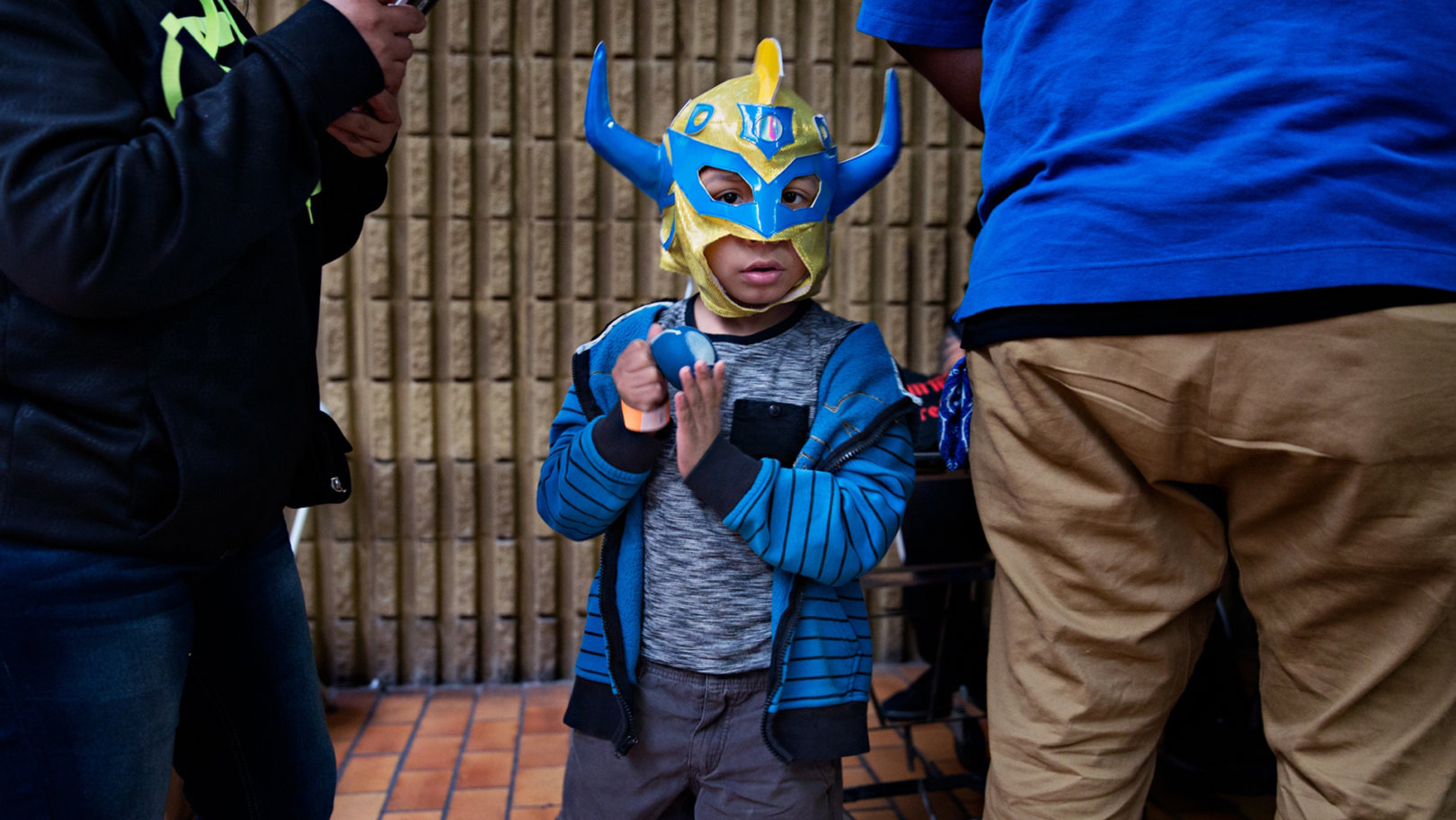
Kids attend the matches. To them, Luchadores are like superheroes
The Tecnicos characters are more family friendly. They are role models both in the match and outside of it. They tour schools and hospitals – always in their masks. Lots of kids attend the matches. For them, the good luchadores are like superheroes. They’ll buy the masks of their favorite fighters, get them signed or collect sloganed merchandise.
Even though they’re evil and reviled, some wrestlers actually prefer to take on the character of Rudos because they like the freedom of it. Rudos are known for breaking rules, so they can go in there and do whatever they like.
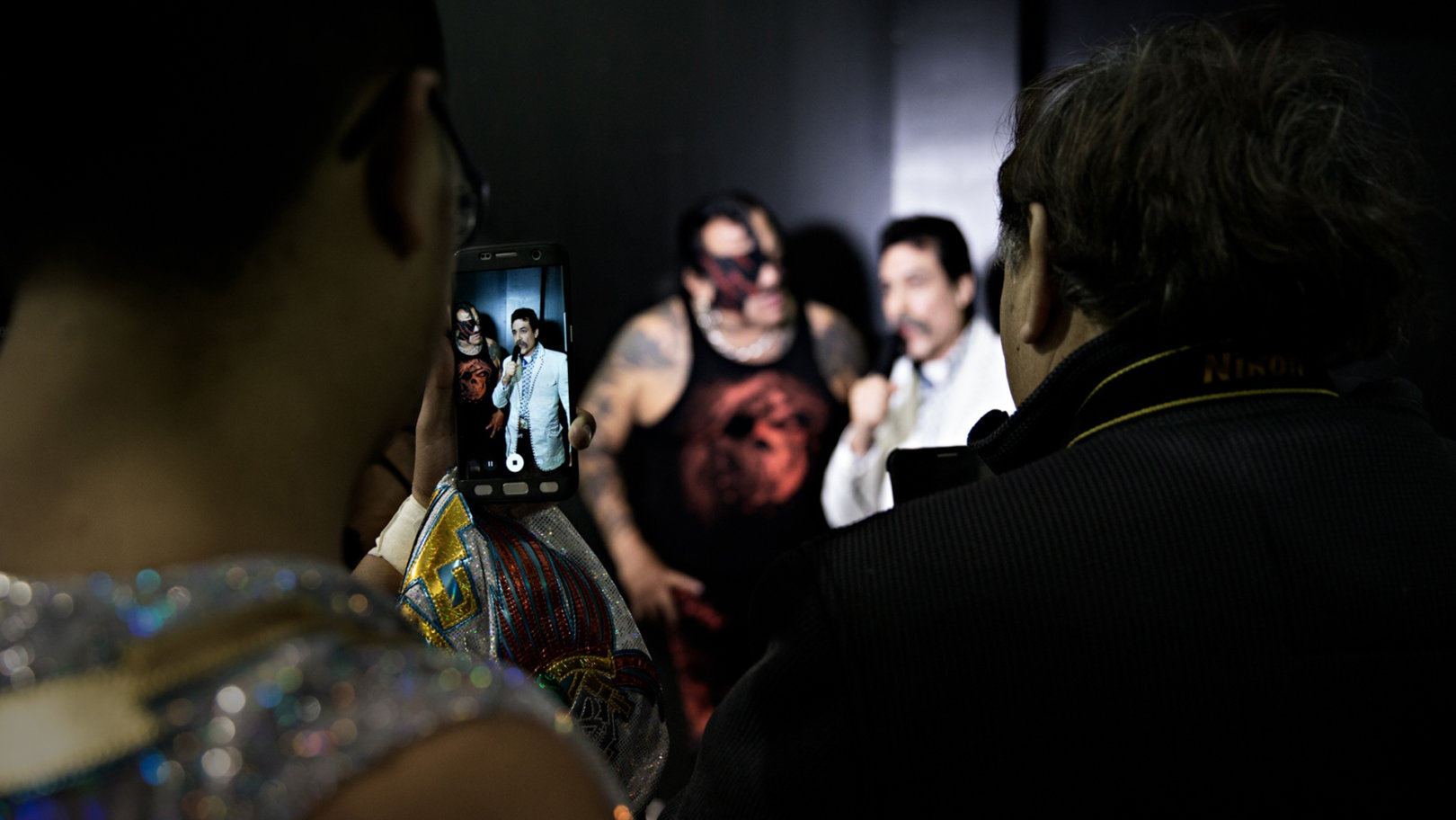
All the luchador fighters are masked
There are female luchadores involved in Lucha Libre, too. I haven’t seen a woman wrestler fight a man one-on-one before, but I have seen mixed-gender groups of wrestlers go head-to-head. They’re pretty rough; there’s no holding back. They beat each other up as good as the men do.
All the luchador fighters are masked and the mask is very important – it shrouds the wrestlers’ real identities in secrecy and allows the superhero legend to reign supreme. For a wrestler to be unmasked by an opponent, or simply lose their mask in a fight, is the ultimate humiliation. Once publicly unmasked, the luchador will never be able to fight while wearing it again.
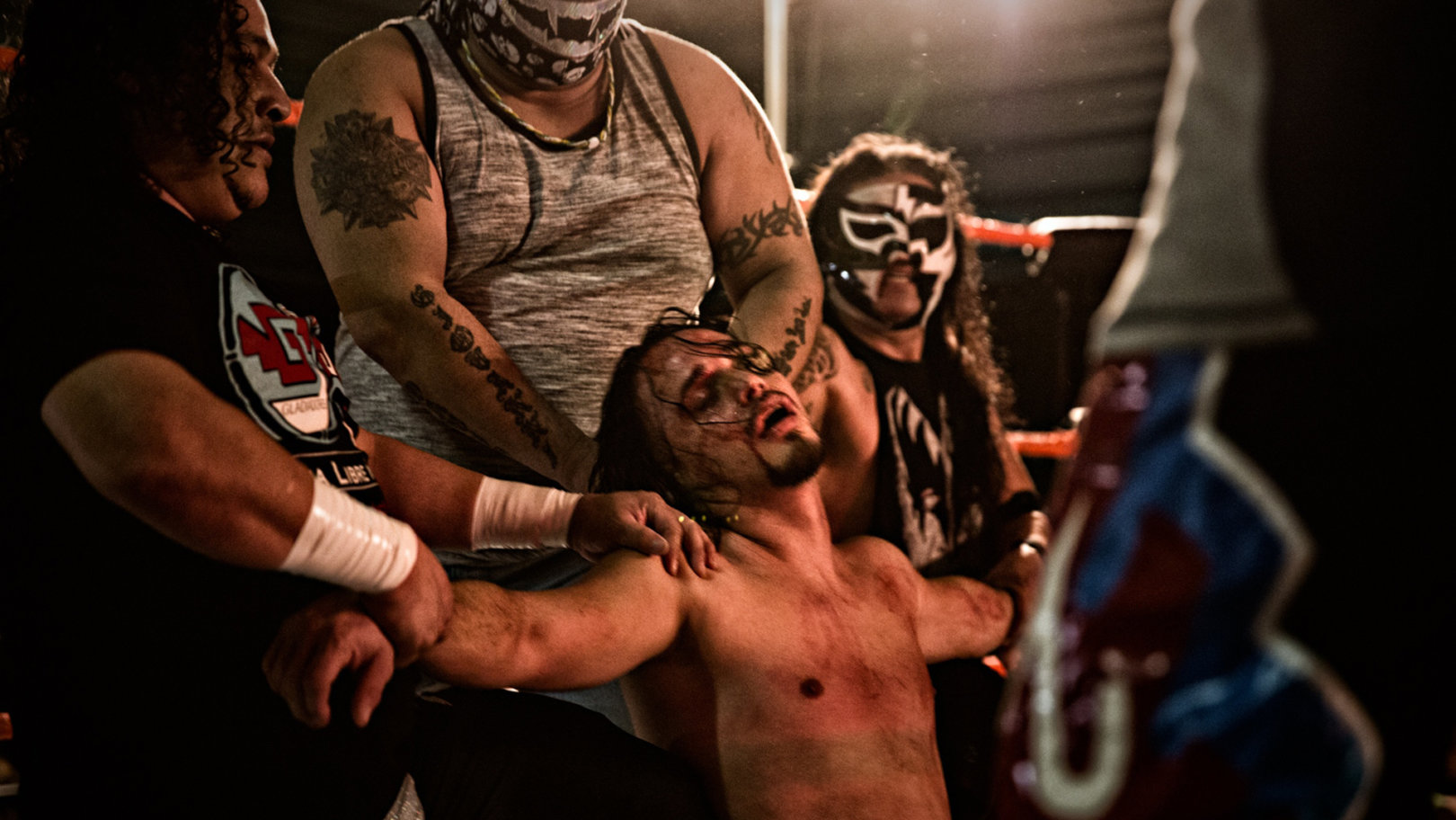
It’s not unusual for fighters to end up bloodied
Some of my photos do show unmasked combatants. They’re generally US wrestlers who have chosen to take part in Lucha Libre, rather than actual luchadors.
During a fight, a luchador has no qualms in displaying his pain and its intensity for all to see. Things go wrong sometimes and it’s not unusual for fighters to end up bloodied or being tended to with bandages backstage.
One of the most poignant photos from my series is of the luchador, Bandolero “Billy” Star. He was beaten up badly and waiting to be stretchered out. He looked a bit like Jesus, lying in the ring with his arms splayed out. For me, it brings together everything that is Lucha Libre: the violence, the pageantry and this sense of religious faith that imbues everything in Mexican culture.
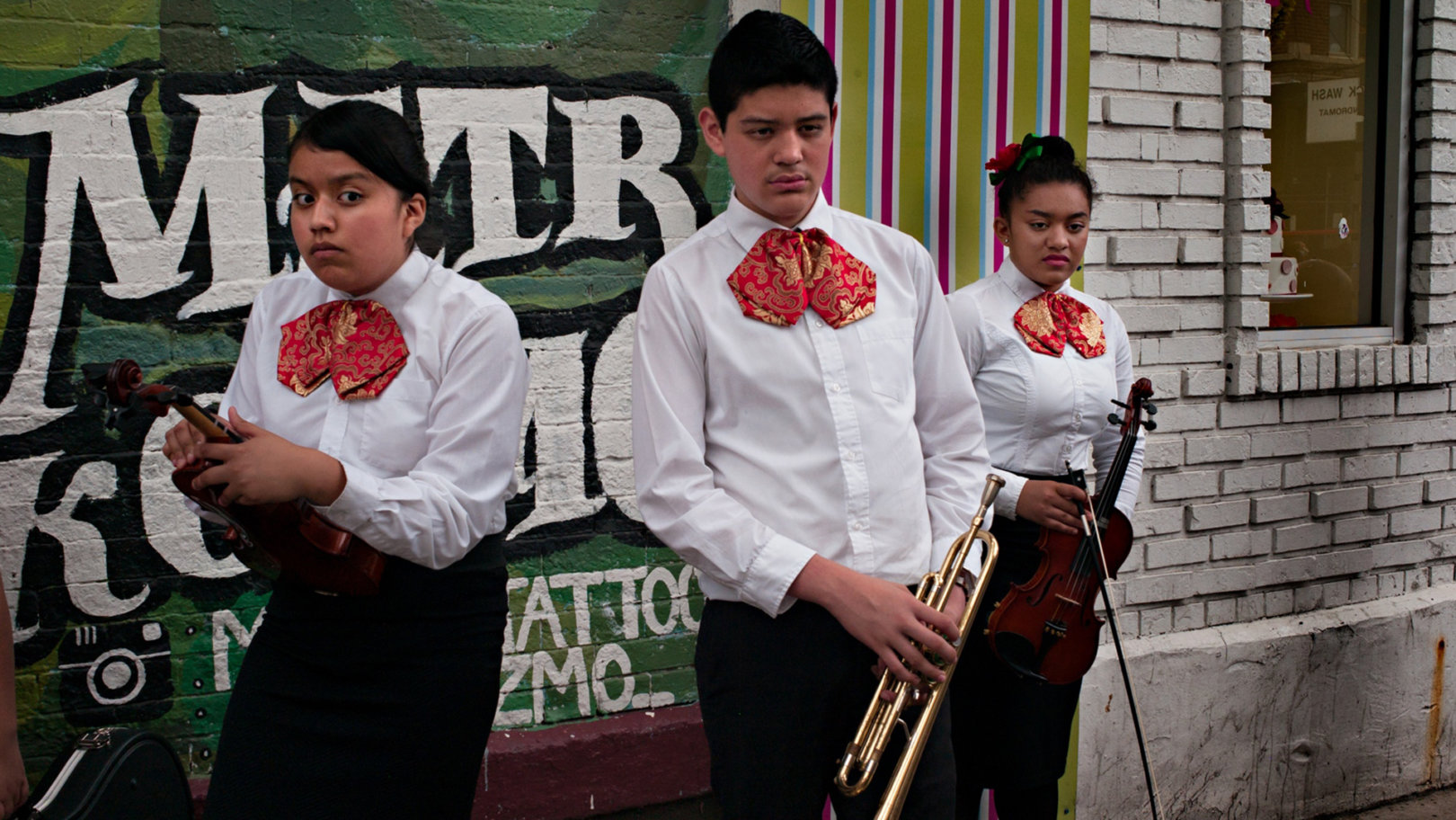
It represents working-class power from within
Lucha Libre first came into existence in 1933 during the Great Depression when the gap between the rich and the poor was as significant as it is now. Today, it’s still a narrative and a force that comes from the people. It represents working-class power from within.
Nima Taradji is an Iranian-American photographer. Experience Lucha Libre for yourself on Flash Pack’s new nine-day Mexico adventure, which takes in Mexico City, Puebla, Oaxaca and Puerto Escondido on the Pacific Coast.
Got a story or adventure that could inspire a solo traveler like you? Tag @flashpack on social or email [email protected] to be featured.
Images: courtesy of Nima Taradji

